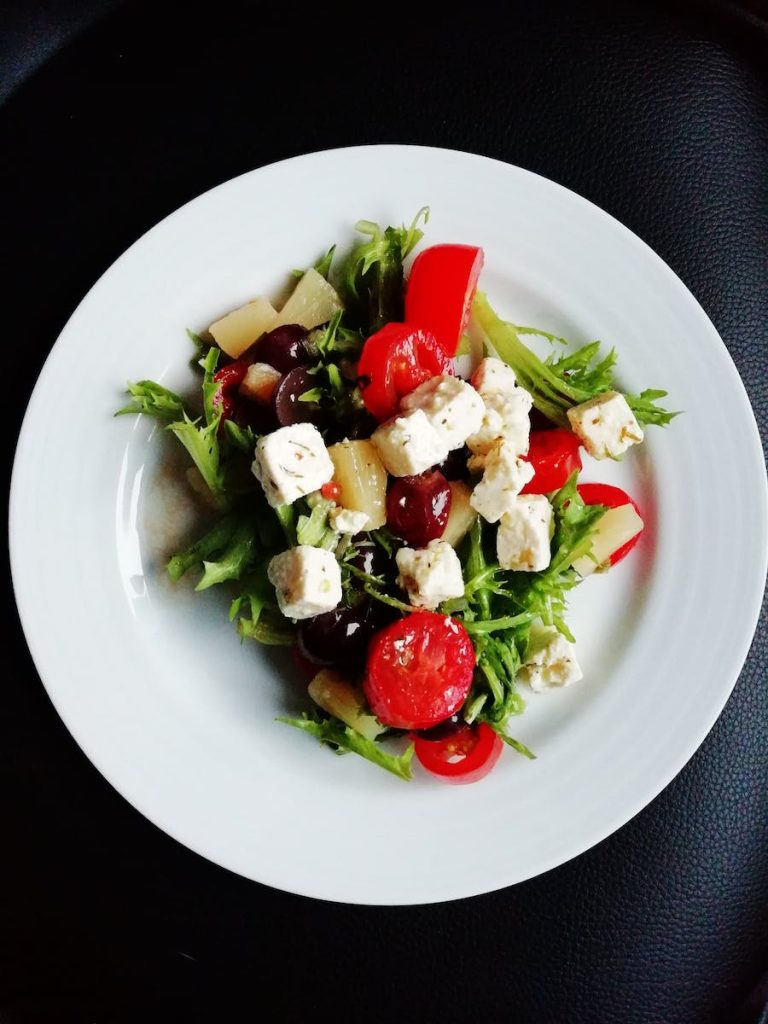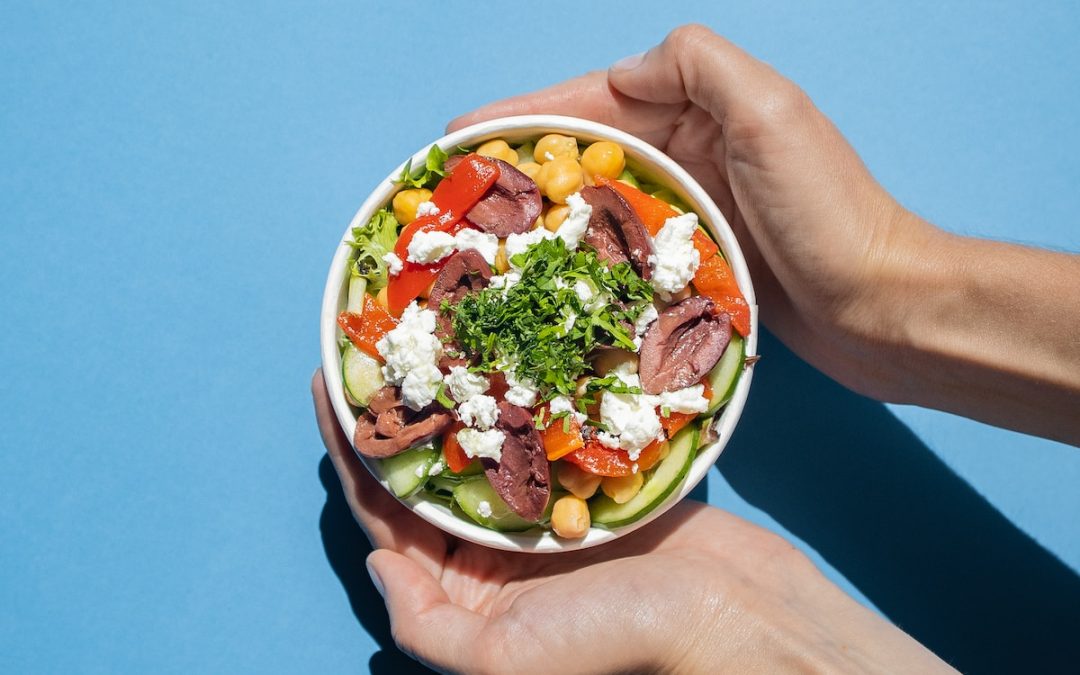Have you ever found yourself struggling to determine the right amount of food to put on your plate? If you’re looking to eat healthier and lose weight, mastering portion sizes is essential. Thankfully, there are easy visual guides available that can help you navigate through the confusion. In this article, we will explore practical tips and tricks to ensure you’re consuming the right amount of food for each meal, empowering you to make healthier choices effortlessly. No more guessing or measuring cups are required!
Understanding Portion Sizes
What are portion sizes?
Portion sizes refer to the amount of food you choose to eat at one time. It is essential to understand portion sizes because they play a significant role in maintaining a healthy diet and managing your weight. By being mindful of portion sizes, you can ensure that you are eating the right amount of nutrients without overindulging.
Why are portion sizes important for health and weight management?
Portion sizes are vital for both your overall health and weight management goals. Consuming excessive portions can lead to overeating, which often results in weight gain. On the other hand, consistently eating smaller portions than your body requires can cause nutritional deficiencies and metabolism imbalances. By understanding and controlling portion sizes, you can maintain a healthy weight, provide your body with the necessary nutrients, and promote overall well-being.
Recommended Portion Sizes
Introduction to recommended portion sizes
Recommended portion sizes are guidelines that help you determine the appropriate amount of food to consume for a balanced diet. These guidelines are designed to ensure that you are getting the right proportion of nutrients without going overboard. While individual needs may vary, understanding recommended portion sizes can serve as a useful starting point for healthy eating habits.
Portion sizes for different food groups
The portion sizes for different food groups are typically based on serving sizes. These serving sizes are standardized measurements that help you maintain a balanced diet. Here are some general recommendations for portion sizes of different food groups:
- Fruits and vegetables: Aim for at least 2 cups of fruits and 2.5 cups of vegetables per day. One portion of fruits or vegetables is typically equal to 1 cup or one medium-sized piece.
- Grains: The recommended portion size for grains is around 6-8 ounces per day, with each serving being equivalent to 1 ounce. Examples of one-ounce servings include one slice of bread or half a cup of cooked rice or pasta.
- Protein: Protein portion sizes vary depending on the source. For lean meats and fish, a single serving is around 3-4 ounces, which is roughly the size of a deck of cards. For plant-based protein sources such as beans and legumes, one serving is typically ½ cup.
- Dairy: The recommended portion for dairy products is around 3 cups per day. One serving of dairy is equal to 1 cup of milk or yogurt or 1.5 ounces of cheese.
How to measure portion sizes
Measuring portion sizes accurately can be challenging, especially when you don’t have a scale or measuring cups readily available. However, you can use simple visual cues to estimate portion sizes. For example, a fist-sized portion is approximately one cup, while a palm-sized portion is around 3-4 ounces of protein. Additionally, using everyday objects as references, such as a tennis ball for a serving of fruit or a deck of cards for meat, can help you gauge the appropriate portion sizes.
Visual Guides for Portion Control
Using your hand as a guide
Your hand can serve as a convenient and portable tool for estimating portion sizes. Here’s a general guide for using your hand as a reference:
- Palm: A palm-sized portion is roughly equivalent to 3-4 ounces of protein, such as chicken, fish, or beef.
- Fist: A fist-sized portion is approximately one cup, which is suitable for estimating serving sizes of grains, fruits, and vegetables.
- Thumb: The tip of your thumb is about one teaspoon, making it a handy reference for measuring the amount of added fats, such as oils or butter.
- Open hand: Your open hand can be used to measure a quarter cup, either loosely cupped or spread flat, helping you estimate portion sizes for snacks like nuts or pretzels.

Using everyday objects as references
If you’re looking for an alternative to using your hand, everyday objects can also serve as helpful references for portion control. Here are some commonly used objects as portion size guides:
- Tennis ball: A tennis ball is similar in size to a recommended portion of fruit, such as an apple or orange.
- Deck of cards: The size of a deck of cards is approximately equal to a recommended portion size of meat or fish.
- Golf ball: A golf ball is equivalent to two tablespoons, making it handy for measuring out small portions of nut butter or dressing.
- CD or DVD: The diameter of a CD or DVD can be used to gauge the size of a recommended portion of pancakes or tortillas.
Portion control plates and bowls
Using portion-control plates and bowls can visually guide you in selecting appropriate portion sizes for each food group. These specially designed plates have sections labeled for grains, proteins, vegetables, and fruits. By filling each section according to the recommended portion sizes, you can ensure a well-balanced meal without the need for measuring utensils or complicated calculations.
Portion Sizes for Specific Meals
Portion sizes for breakfast
Breakfast is often considered the most important meal of the day, and it’s crucial to start it off with the right portion sizes. Here are some portion size recommendations for a balanced breakfast:
- Grains: Aim for one serving of grains, such as a slice of whole-grain bread or half a cup of oatmeal.
- Protein: Include a protein source, such as one egg or a few tablespoons of nuts or seeds.
- Fruits and vegetables: Incorporate a serving of fruits or vegetables, such as a small banana or a handful of berries.
Portion sizes for lunch
Lunch provides an opportunity to refuel and nourish your body midday. Consider these portion size suggestions when planning your lunch:
- Grains: Opt for one serving of grains, such as a small wrap or one cup of cooked brown rice.
- Protein: Include a protein source, like 3-4 ounces of grilled chicken or tofu.
- Vegetables: Incorporate a variety of vegetables, aiming to fill half of your plate.
Portion sizes for dinner
Dinner is often the largest meal of the day and can significantly impact your overall calorie intake. Here are some portion size recommendations to keep in mind:
- Grains: Limit the portion of grains to one serving, such as a small baked potato or half a cup of quinoa.
- Protein: Opt for a protein portion size of around 4-6 ounces, such as a medium-sized salmon fillet or a palm-sized portion of lean meat.
- Vegetables: Fill at least half of your plate with a colorful array of vegetables to ensure a well-balanced meal.
Portion sizes for snacks
Snacking can be a healthy part of your diet, but it’s important to control portion sizes to avoid excessive calorie intake. Here are some portion control tips for snacks:
- Nuts and seeds: Limit portion sizes to a small handful, which is roughly equivalent to 1 ounce.
- Chips and pretzels: Opt for portion-controlled pre-packaged snacks or measure out a serving size of around 1 ounce.
- Fruits and vegetables: Aim for one serving of fruits or vegetables, such as a small apple or a cup of carrot sticks.
Tips for Portion Control
Eating mindfully
Eating mindfully involves paying attention to your body’s hunger and fullness cues, as well as savoring each bite. By eating slowly and being present during mealtimes, you can better assess when you are satisfied and avoid overeating.
Dividing meals in half
A helpful strategy for portion control is dividing your meals in half before you start eating. By setting aside half of your meal to enjoy later or share with someone else, you can easily avoid consuming more than your body needs.
Using smaller plates
Using smaller plates can trick your mind into perceiving larger portions, as the plate appears full. By downsizing your plates and bowls, you can control portion sizes without feeling deprived.
Avoiding second servings
It’s tempting to go back for seconds, but by avoiding second servings, you can better manage your portion sizes. Allow yourself time to feel satisfied after your initial serving before deciding if you truly need more.
Portion Sizes when Dining Out
Challenges of portion control when eating out
Eating out poses unique challenges when it comes to portion control. Restaurants often serve larger portions than necessary, making it easy to overeat without realizing it. Additionally, the desire to get the most value for your money can lead to consuming more significant portions than you intended.
Strategies for managing portion sizes when dining out
Despite the challenges, there are several strategies you can employ to manage portion sizes when dining out:
- Share a meal: Splitting a meal with a friend or asking for a to-go box at the beginning of the meal to portion out half can help you control your intake.
- Choose smaller portions: Look for options on the menu that offer smaller portion sizes or consider ordering an appetizer instead of a full entree.
- Opt for healthier sides: Instead of calorie-laden options like fries or creamy sides, choose steamed vegetables or a side salad to accompany your meal.
- Take your time: Eating slowly and savoring each bite can help you recognize when you are satisfied and prevent overeating.
- Practice portion awareness: Pay attention to the portion sizes served to you and share the excess with others or ask for a to-go box to save for later.

Portion Control for Special Diets
Portion sizes for low-carb diets
Low-carb diets, such as the ketogenic or Atkins diet, require careful management of carbohydrate intake. While portion sizes may vary based on individual needs, the general recommendations for low-carb diets include:
- Limited grains: Portion sizes for grains should be minimized or even eliminated, focusing on non-starchy vegetables and other low-carb alternatives.
- Moderate protein: Protein portion sizes should still be controlled, approximately 3-4 ounces per meal, to prevent excessive calorie intake.
- Healthy fats: Increasing healthy fats, such as avocado or olive oil, can help provide satiety and contribute to your daily caloric needs.
Portion sizes for vegetarian and vegan diets
Vegetarian and vegan diets primarily focus on plant-based protein sources, and portion control guidelines play a key role in ensuring nutritional balance. Here are some considerations for portion sizes in vegetarian and vegan diets:
- Plant-based proteins: Portion sizes for plant-based proteins, such as beans, lentils, or tofu, should be around ½ cup per serving.
- Nuts and seeds: Portion sizes for nuts and seeds should be limited to a small handful, roughly equivalent to 1 ounce.
- Grains and legumes: While these are staple foods in vegetarian and vegan diets, portion sizes should still be controlled. Aim for one serving of grains or legumes per meal, such as half a cup of cooked quinoa or one cup of cooked lentils.
Portion sizes for gluten-free diets
Gluten-free diets, often followed by individuals with celiac disease or gluten sensitivity, require paying attention to portion sizes to ensure adequate nutrition. Here are some portion size recommendations for gluten-free diets:
- Gluten-free grains: Portion sizes for gluten-free grains, such as rice, quinoa, or cornmeal, should follow the same guidelines as regular grains. Aim for one serving per meal, typically around half a cup.
- Protein sources: Portion sizes for protein sources should be consistent with general recommendations, such as 3-4 ounces of lean meat, poultry, or fish.
- Fruits and vegetables: Gluten-free diets emphasize fruits and vegetables, and portion sizes should be the same as for any balanced diet. Aim for 2 cups of fruits and 2.5 cups of vegetables per day.
Portion Sizes for Kids
Understanding portion sizes for children
Portion sizes for children vary depending on their age, activity level, and individual growth needs. It’s crucial to provide appropriate portion sizes to ensure they are receiving the nutrients they need without overeating. Here are some general considerations for portion sizes for children:
- Young children (ages 2-3): One serving size is typically around a quarter of what an adult would consume. For example, one-quarter cup of grains or half a slice of bread.
- School-age children (ages 4-8): Portions should gradually increase to around half of an adult serving. For example, one-half cup of grains or one slice of bread.
- Adolescents (ages 9-18): Portion sizes can approach that of an adult, but it is still important to monitor and adjust according to individual needs.
Tips for controlling portion sizes for kids
Controlling portion sizes for kids can be challenging, as they may not have the same understanding of portions as adults. Here are some tips to help with portion control for children:
- Serve appropriate portion sizes: Offer smaller servings to start with and allow the child to ask for more if they are still hungry.
- Use visual cues: Teach children about portion sizes using everyday objects or visual guides, such as using their hand to measure portions.
- Encourage balanced meals: Aim for a variety of food groups in each meal and use portioned plates or divided lunchboxes to guide the selection and serving sizes.
Portion Sizes and Weight Loss
How portion sizes affect weight loss
Portion sizes play a significant role in weight loss. Consuming larger portions than necessary can lead to excess calorie intake, ultimately hindering weight loss efforts. By controlling portion sizes, you can create a calorie deficit and promote weight loss while still receiving the necessary nutrients for your body.
Portion sizes for weight loss
When it comes to weight loss, portion sizes are crucial. It’s essential to consume fewer calories than your body needs to shed pounds. While individual needs may vary, here are some general portion size guidelines for weight loss:
- Grains: One serving of grains, such as a small piece of bread or a half-cup of cooked pasta, is usually sufficient.
- Protein: Aim for 3-4 ounces of lean protein per meal, such as grilled chicken or fish.
- Fruits and vegetables: Fill half of your plate with a variety of colorful fruits and vegetables to increase nutrient density and promote a feeling of fullness.
Portion control for weight maintenance
Once you reach your weight loss goals, portion control remains essential for weight maintenance. By continuing to consume appropriate portion sizes, you can prevent weight regain and sustain a healthy lifestyle. It’s crucial to find a balance that supports your body’s needs while still allowing for occasional indulgences in moderation.
Final Thoughts
Understanding portion sizes and practicing portion control is crucial for maintaining a healthy diet, managing weight, and promoting overall well-being. By using visual cues, such as your hand or everyday objects, and being mindful of recommended portion sizes, you can make informed choices about the foods you consume. Whether you’re eating at home, dining out, or following a specific dietary plan, portion control is a valuable tool in achieving your health and weight goals. Remember that portion sizes are individual, and it’s essential to listen to your body’s hunger and fullness cues to find the right balance for you. With practice and awareness, you can master portion sizes and establish lasting healthy eating habits.
© 2023 by fewercalories.com. All rights reserved. No part of this document may be reproduced or transmitted in any form or by any means, electronic, mechanical, photocopying, recording, or otherwise, without prior written permission of fewercalories.com.






